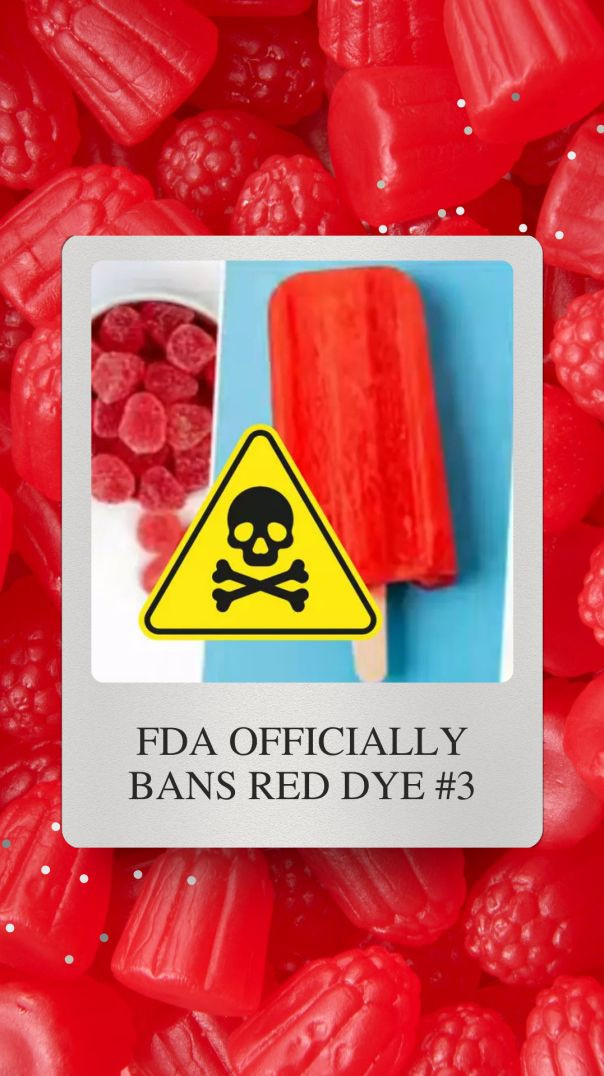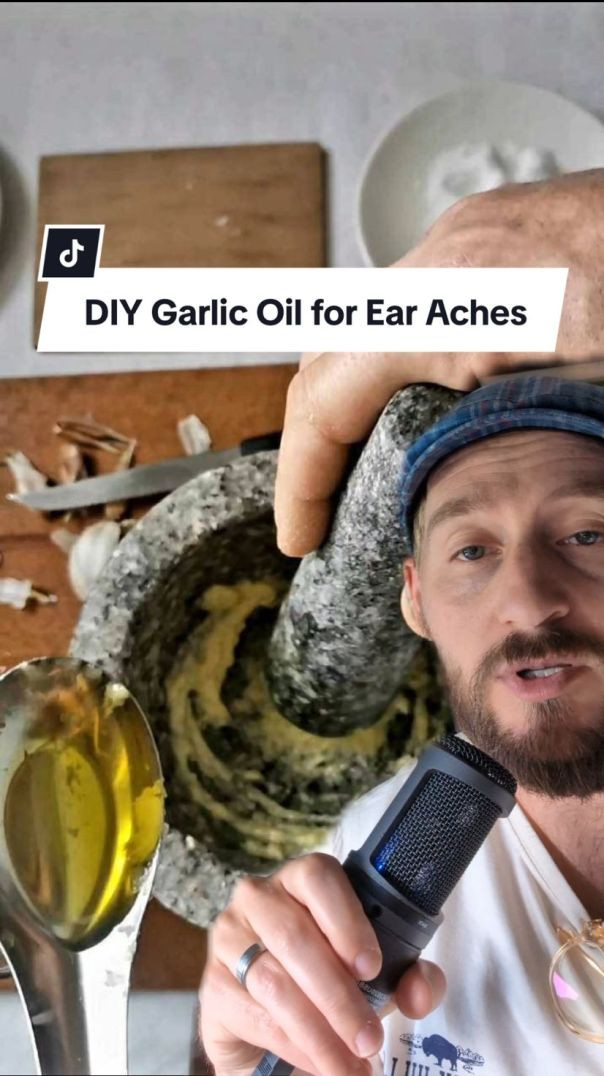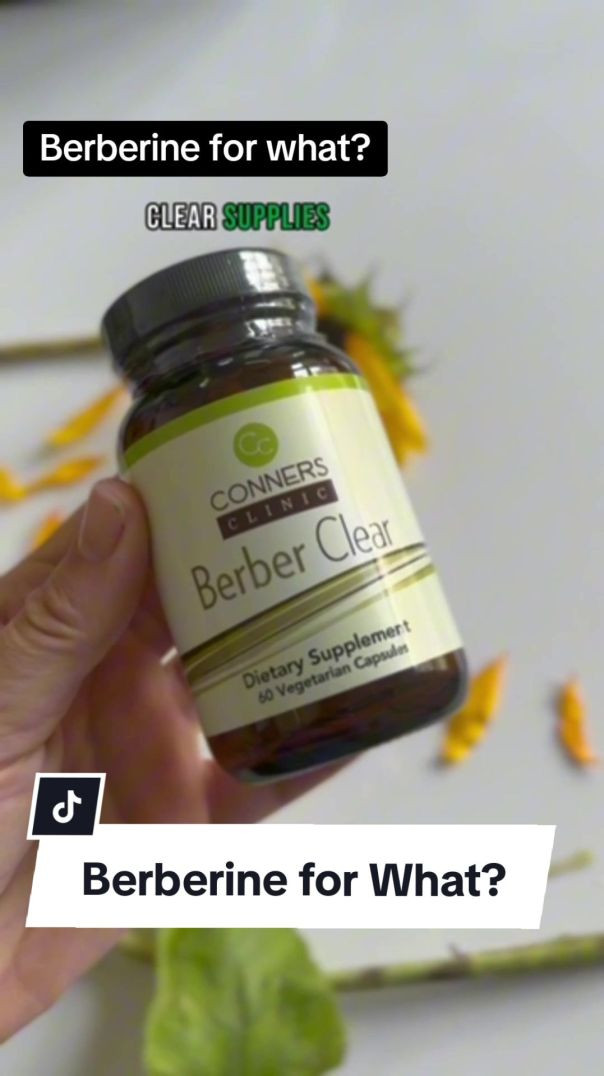מִכְנָסַיִים קְצָרִים לִיצוֹר

🚨 Red Dye No. 3 BANNED by the FDA! 🚨
🍬 What’s the deal with Red 3?
For decades, this bright pink-red dye has been a sneaky ingredient in everything from candy and baked goods to cough syrups and vitamins. But here’s the kicker—scientific studies linked it to cancer in lab animals as far back as the '80s! It’s been banned in cosmetics for years, yet it’s still been in our kids’ snacks. 🤯
🎥 Why the change now?
Parents, holistic health advocates, and concerned consumers have been raising the alarm about Red 3 for years, citing health risks like hyperactivity in kids and its carcinogenic potential. The FDA is FINALLY catching up, but the fight isn’t over yet! Some industry reps are pushing back, claiming there’s “no credible safety concern.” 🤔
💡 What’s next for your favorite snacks?
Food manufacturers now need to reformulate their products—and some are already turning to natural alternatives like beets, red cabbage, and even insects for coloring. But Red 3 is still lurking in plenty of products, from candy corn and mashed potatoes to children’s nutritional shakes.
🛑 What can YOU do?
Keep an eye on labels, choose snacks with natural coloring, and stay informed. With this FDA decision and changes under new health secretary nominee Robert F. Kennedy Jr., we might see even more moves to cut artificial additives from our food supply.
🌱 It’s time to demand better, safer food for our families. Let’s celebrate this small victory and push for more change! 🎉
#reddye3 #fooddyes #holistichealth #rfk #trump #maha






